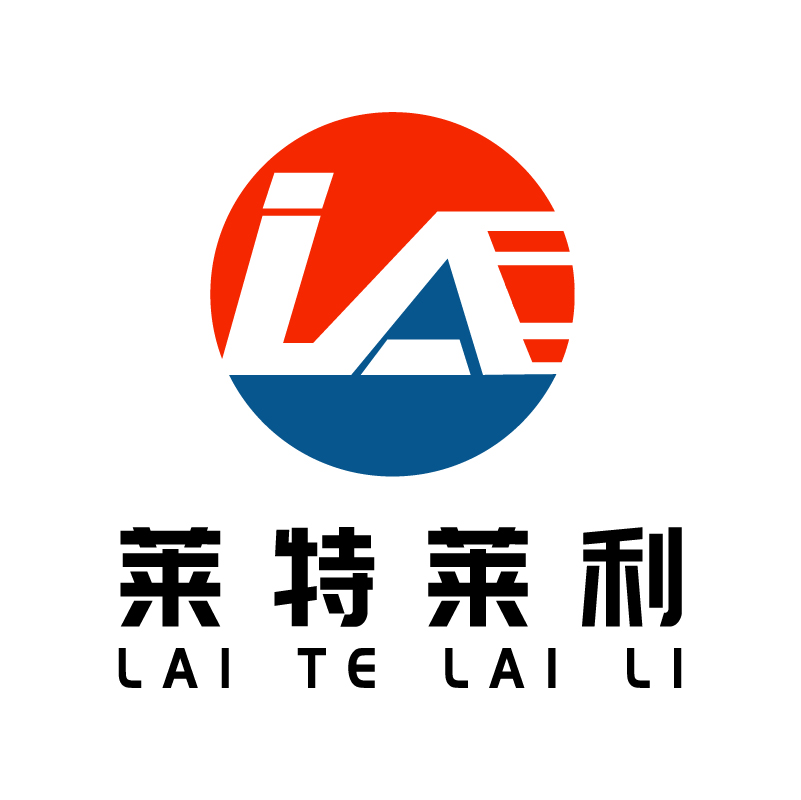What impact will the new printing technology have on the mixed base carbon strip?
The emergence of new printing technology may have a multi-faceted impact on the mixed base carbon belt, which is reflected in the following aspects:
1. Technological substitution and market competition
The rise of emerging printing technologies: With the continuous development of new printing technologies such as 3D printing, inkjet printing, laser printing, these technologies may compete with traditional thermal transfer printing technologies in some specific areas. For example, 3D printing technology enables the direct manufacturing of complex shapes and structures, while inkjet and laser printing technologies offer advantages in terms of speed and clarity.
Changes in market share: The popularity and application of new printing technologies may attract customers who would otherwise use hybrid carbon strips to switch to these new technologies, resulting in a decrease in the market share of hybrid carbon strips.
2. Improved performance requirements
The need for higher print quality: New printing technologies are often able to provide higher print resolutions, faster print speeds, and wider material adaptability. This has prompted the market to continuously improve the performance requirements of the mixed base carbon strip, requiring it to achieve higher standards in terms of print quality, speed and material compatibility.
In order to meet the challenges of new printing technologies, mixed-base carbon belt manufacturers need to continuously innovate and improve the performance and quality of their products to meet the market demand for high-quality printing materials.
3. Expansion and change of application field
Emerging application areas: With the development of emerging technologies such as the Internet of Things and smart manufacturing, the demand for labels and printing materials is constantly changing. Mixed-base carbon belts need to continue to expand their application areas to meet the needs of these emerging technologies.
Changes in application: The application of new printing technologies may change the way mixed-base carbon strips are used. For example, in some automated production lines, it may be necessary to combine mixed base carbon strips with automated printing equipment to achieve efficient label printing and pasting.
4. Pressure of environmental protection and sustainable development
Promotion of environmental regulations: With increasing global environmental awareness and increasingly stringent environmental regulations, manufacturers of mixed base carbon strips need to pay more attention to the environmental performance of their products. For example, the use of water-based coatings instead of solvent coatings, improve the efficiency of resource utilization in the production process.
The need for sustainable development: In order to achieve sustainable development, mixed-base carbon belt manufacturers need to continuously develop new environmentally friendly materials and technologies to meet the market demand for green and environmentally friendly printing materials.
5. The trend of digitalization and intelligence
Application of digital technology: With the popularization and application of digital technology, mixed-base carbon belt manufacturers can use these technologies to improve the design, production and sales efficiency of products. For example, using digital design software to optimize the formulation and coating structure of carbon strips; Through intelligent manufacturing technology to achieve the automation and intelligence of the production process.
Development of intelligent services: In order to meet customers' needs for personalized and customized services, manufacturers of hybrid carbon belts can provide intelligent service solutions. For example, using data analysis to predict changes in customer needs; Through remote monitoring to ensure the stable operation of the printing equipment.
In summary, the emergence of new printing technology has brought many impacts and challenges to the mixed base carbon belt. However, by innovating and improving performance, expanding application areas, focusing on environmental protection and sustainability, and utilizing digital and intelligent technologies, manufacturers of hybrid carbon belts can meet these challenges and maintain a competitive advantage.


